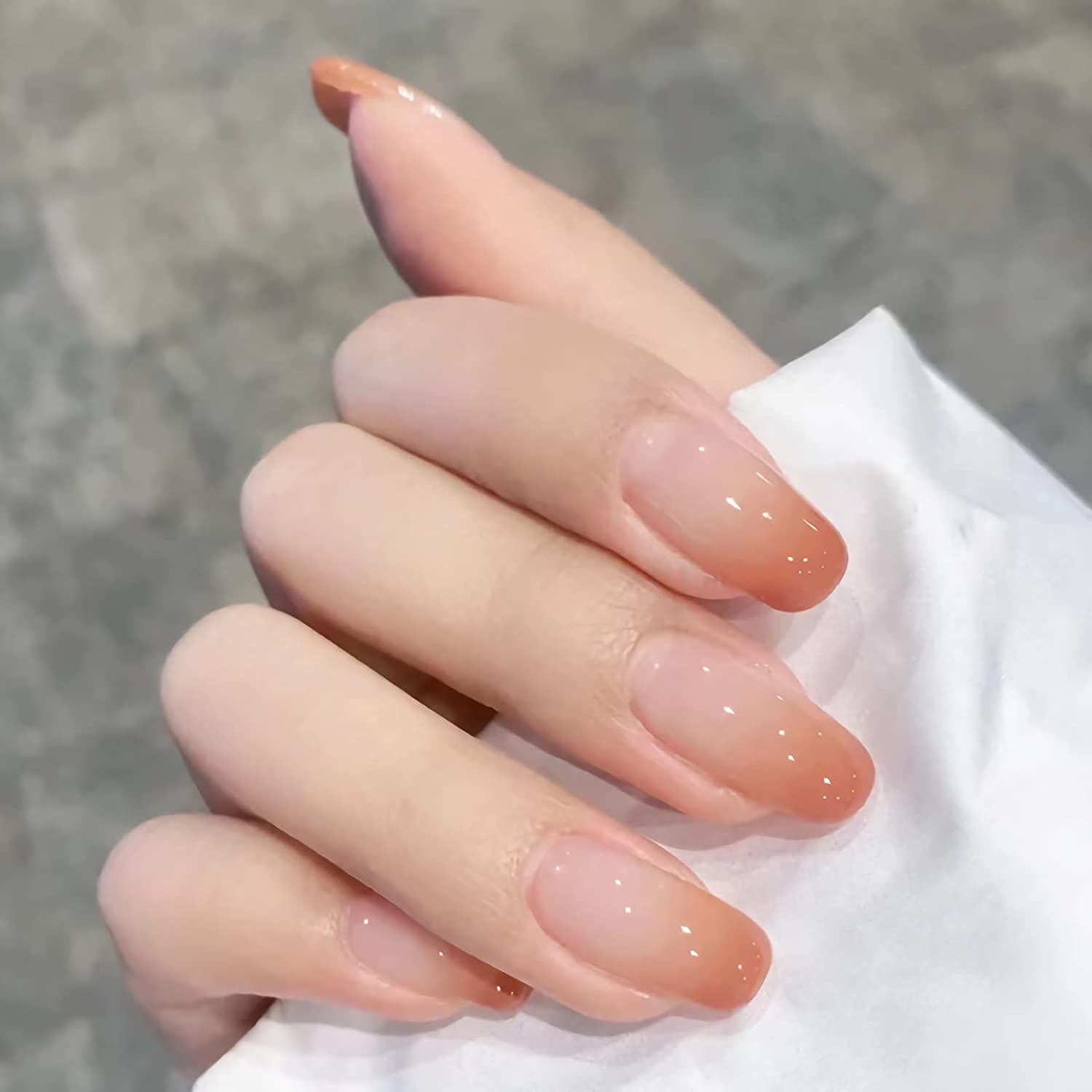The different types of acrylic powder and their uses
The different types of acrylic powder include traditional, colored, odorless, and quick-drying, each with unique properties and applications. Traditional acrylic powder is known for durability, while colored acrylic powder is versatile for nail art designs. Odorless acrylic powder is suitable for people with allergies, and quick-drying powder is a popular choice for high-volume salons. By understanding the different types of acrylic powder and their uses, nail technicians and clients can choose the best option for their needs and preferences.

Traditional acrylic powder and its use in nail enhancements.
Traditional acrylic powder is a popular and versatile product used in a range of nail enhancements. It consists of a blend of liquid and powder that is mixed together to create a moldable paste that hardens as it dries. Traditional acrylic powder is known for its durability and long-lasting wear, making it a popular choice for clients seeking low-maintenance nail enhancements. Nail technicians can use traditional acrylic powder to sculpt and shape nails to the desired length and shape. The product can also be used to create French manicures and other nail art designs. Traditional acrylic powder is suitable for all nail types and can be customized with different colors, glitters, and other effects to create unique and eye-catching designs.
Colored acrylic powder and its use in nail art designs.
Colored acrylic powder is a versatile product that allows nail technicians to create unique and eye-catching nail art designs. It is available in a wide range of colors and shades, from bold neon hues to subtle pastels and metallic finishes. The powder can be used to create ombre effects, intricate designs, and other creative nail art looks. Colored acrylic powder is often paired with traditional acrylic powder to create a base layer before applying the colored powder to create the desired effect. Nail technicians can also mix different colors of powder to create custom shades and effects. The durability and long-lasting wear of colored acrylic powder make it a popular choice for clients who want nail enhancements that can withstand daily wear and tear while still looking stylish and trendy.
Odorless acrylic powder and its benefits for both clients and nail technicians.
Odorless acrylic powder is a type of acrylic powder that has significantly reduced or eliminated the strong chemical odor often associated with traditional acrylic powder. The product is formulated with advanced technology that reduces fumes and the risk of skin or respiratory irritation, making it a safer and more comfortable option for both clients and nail technicians. Odorless acrylic powder is ideal for people with sensitive skin or those who are prone to allergies. The product also provides a more pleasant experience for clients who may be bothered by the strong smell of traditional acrylic powder. For nail technicians, the reduced odor and fumes make the application and removal process more comfortable and safer, reducing the risk of respiratory issues and other health problems associated with long-term exposure to chemicals.
Quick-drying acrylic powder and its use in high-volume salons.
Quick-drying acrylic powder is a popular product used in high-volume salons where speed and efficiency are essential. The product is formulated to dry faster than traditional acrylic powder, reducing the time it takes to complete a full set of nails. This makes it an ideal option for busy salons with a high volume of clients. Quick-drying acrylic powder is also a popular choice for clients who don’t have the time to sit for a long nail appointment. The product’s fast-drying formula doesn’t compromise quality, and it provides the same durable and long-lasting wear as traditional acrylic powder. Quick-drying acrylic powder is available in a range of colors and finishes, allowing nail technicians to create stunning nail art designs in a short amount of time.